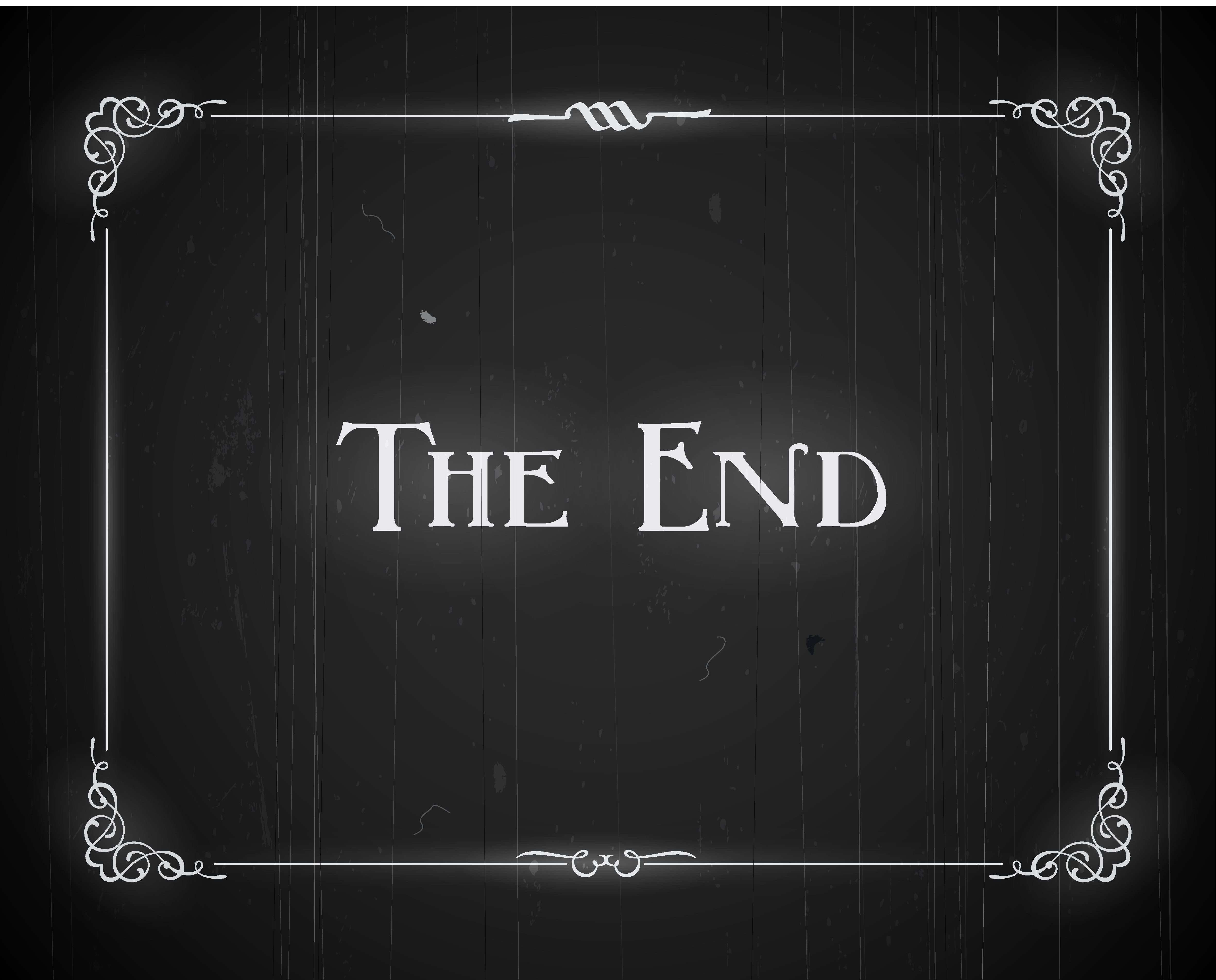How to self-edit your novel like a pro

By David G Brown
The Two Pillars of Storytelling
After my first couple years as a fiction editor, I realized that all of my developmental feedback for clients fit into one of two categories. The first is immersion: the quality of a narrative that transports readers to another time and place. The second is emotional draw: that which maintains readers’ interest in a character and thus keeps them turning pages.
Immersion is achieved with scene-based writing, which means a focus on the protagonist’s moment-to-moment experience of setting and conflict. A reader’s sense of immediacy grows out of sensory details, movement, action, and dialogue.
Emotional draw is more complicated. Readers are diverse, and each one brings a slightly different reason for turning the page. But the main components are:
- Trajectory—the momentum of a character struggling toward a goal
- Anticipation—a desire to know what happens next
- Stakes—a looming consequence should the character fail
Immersive Potential

The author’s first job, whether they are writing fiction or narrative nonfiction, is to transport readers into their characters’ world. Context is important in any story, but sensory details are paramount since they are key to a reader’s imaginative experience of the text.
Comb through your scenes with this principle in mind. On every page, ask yourself what your readers might be seeing, hearing, smelling, and feeling. Do they know within a few sentences where a scene is taking place? Can they picture the surroundings? Do they have a physical sense of the characters moving through and occupying space in this locale?
Judge each sentence by the following criteria: does it convey the focal character’s moment-to-moment experience of the scene? Or does it instead provide context?
The more scene you have on each page, the deeper your readers’ potential immersion. As soon as you showcase context, your readers’ imaginative experience diminishes. That’s not to say there isn’t room for snippets of context. It’s a question of balance.
Context includes setting, world-building, backstory, and even interiority—your protagonist’s analysis and reflections. Again, context is important, but it works best when it surfaces in hints rather than explanations.
Treat your readers like detectives—give them clues and let them come to their own conclusions about context.
Chapter Arcs and Consequence

Here’s another reason scene-based writing is so important: it’s where both plot and character come to life.
When characters make decisions and take risks, readers see them for who they really are. Witty asides and snippets of narrative context can give a story much depth, but the true essence of character is contained in what they are willing to do—or not—to get what they want.
Therein lies the nugget of a chapter arc: a character either takes action toward a goal or reacts to a new obstacle. The result is a consequence—their path forward has changed. In most cases, the scene will have some bearing on the overarching narrative trajectory (more on trajectory in a moment), but the action/reaction and consequence might also develop a subplot.
Take a close look at each scene in your manuscript and ask yourself:
- Does the focal character make a choice or take action in pursuit of a goal?
- Does this choice or action result in a consequence that leads into the next scene?
If the answer is no or if you aren’t sure, flag the scene for reconsideration: either bring it into the story’s chain of consequence or send it to the chopping block!
Plot is a Chain of Consequence

A large part of emotional draw flows out of trajectory: a character struggling toward a goal. As the protagonist makes decisions and takes risks in pursuit of their goal, they court failure of some kind. If nothing is at stake, it’s extremely difficult to hold readers’ interest, and without a specific goal, the story becomes aimless.
In terms of structure, the beginning of a narrative is the point when a character’s underlying motivation crystallizes into this clear, relatable, and specific goal—the first link in the story’s chain of consequence. Keep in mind, many novels open sometime after this point. For example, in Moby Dick, Ahab’s inciting incident is implied.
In genre fiction, the narrative goal is often in sharp focus: it’s a quest to save the world or a mission to stop a killer. While emotional draw in literary fiction is usually connected to deeper thematic elements, the narrative goal is still a major component, even if the quest is subtler.
A protagonist’s goal is sometimes referred to as a narrative bridge—a question asked in the beginning of the novel that is answered by the end. The protagonist’s goal is the question, and whether or not they achieve it is the answer. This answer also forms the final link in the story’s chain of consequence.
The rest of the narrative chain lies between the inciting incident and the climax. That means each scene causes the next. In other words, if you map out your story scene by scene, there should be a causal transition between each segment. Screenwriters Trey Parker and Matt Stone describe these transitions in terms of therefore and but. In other words: A happens, therefore B happens, but then C happens, therefore… The alternative lacks momentum; it’s anecdotal: this happens, and then this happens, and then this happens.
A Study in Causality: Rumpelstiltskin

The miller’s daughter is the protagonist. Her inciting incident comes when her father brags to the king that she can spin gold from straw. She is therefore locked in a room where she is expected to perform her magical feat.
Father and daughter are in deep trouble, but then Rumpelstiltskin appears and offers to do the deed in exchange for her necklace. She agrees and therefore presents the king with his gold the next morning. But then the king wants even more gold; therefore the miller’s daughter needs Rumpelstiltskin’s services again and must make greater and greater sacrifices to pay for them.
The chain of consequence wraps up at the climax: eventually, when Rumpelstiltskin comes to collect on his final demand (her first-born child), the miller’s daughter tries to renegotiate. He gives her an unlikely escape clause: she must guess his name. She therefore follows him into the forest, finds his home, and overhears him singing his secret.
A novel is much more complex, especially given subplots like interpersonal arcs and side quests. For this reason, it’s a good idea to create separate causal maps for your story’s main trajectory as well as the secondary storylines. However, when you look at the big picture, each scene should fit into one of these chains of consequence.
Bringing It All Together
Though this article first touches on the importance of your readers’ story-world immersion, you are better off to focus your initial self-editing efforts on your manuscript’s chain of consequence. You might find that entire scenes aren’t pulling their (causal) weight, which means they either need to be cut or substantially changed to align with the protagonist’s trajectory. For this reason, it’s best to nail down the structure before you start fleshing out and polishing scenes.
To conclude, here are a few more tips for your next self-editing adventure:
- Take time away from your project. Work on something else for a month or two!
- On your next read through, pretend your worst enemy is following along over your shoulder. What would they say? What would they roll their eyes at?
- Between each draft, consider your story from wildly different angles—what if the protagonist and antagonist traded places? What if you switched genres? How would the conflicts play out in a different time and place?
- Don’t be afraid to tear down walls and install a new front door. In fact, sometimes we need to burn down the house altogether to find the best way forward.
- Lastly, don't forget the importance of gathering feedback from trusted readers.
This article was originally published by Writers Helping Writers.

David Griffin Brown is an award-winning short fiction writer and co-author of Immersion and Emotion: The Two Pillars of Storytelling. He holds a BA in anthropology from UVic and an MFA in creative writing from UBC, and his writing has been published in literary magazines such as the Malahat Review and Grain. In 2022, he was the recipient of a New Artist grant from the Canada Council for the Arts. David founded Darling Axe Editing in 2018, and as part of his Book Broker interview series, he has compiled querying advice from over 100 literary agents. He lives in Victoria, Canada, on the traditional territory of the Songhees and Esquimalt Nations.








